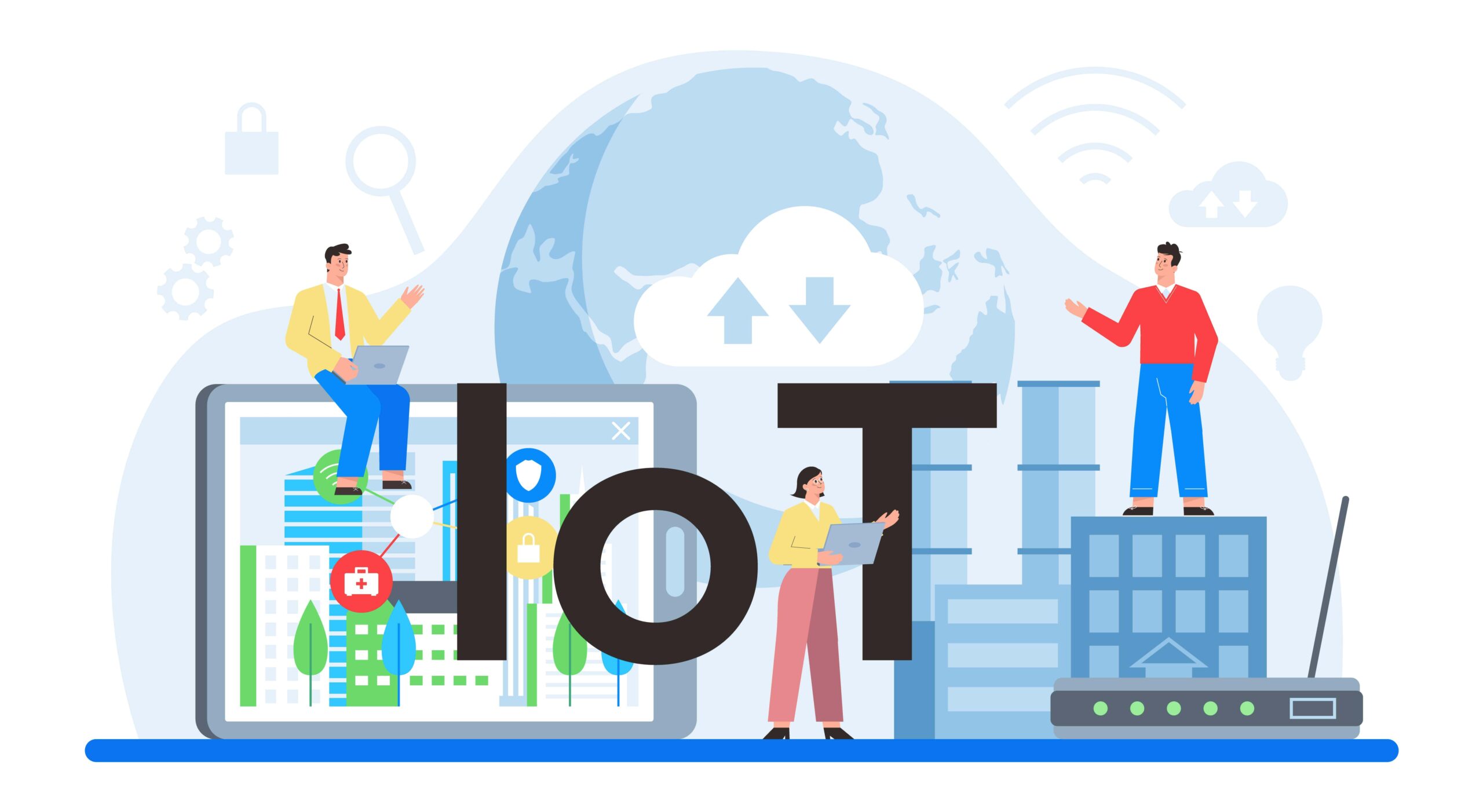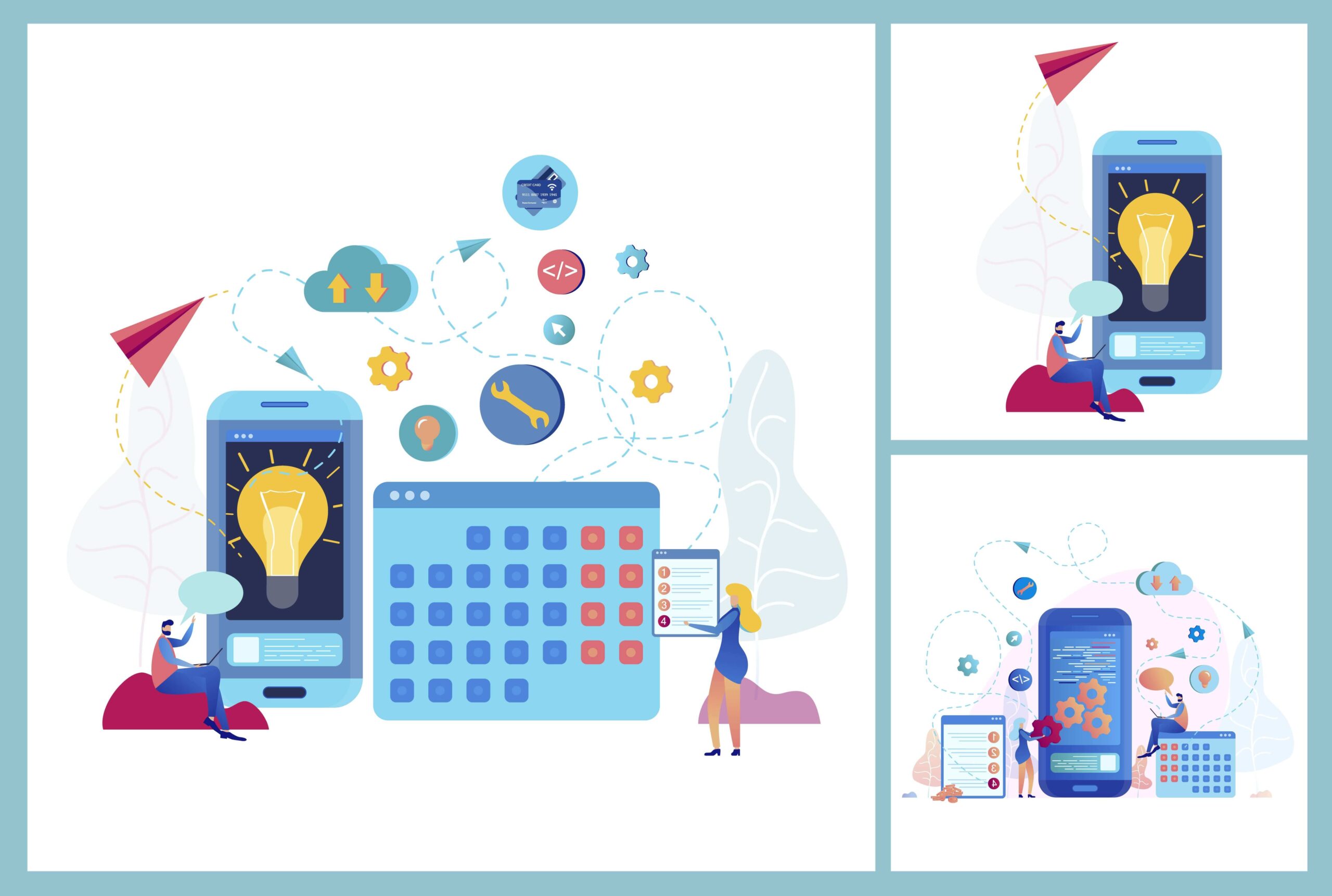In today’s interconnected world, the Internet of Things (IoT) has become an integral part of our lives. From smart homes to industrial automation, IoT devices have revolutionized the way we interact with our surroundings. However, as the number of IoT devices continues to grow exponentially, so does the need for effective management and control. Managing IoT devices remotely is a critical skill that empowers individuals and organizations to harness the full potential of this technology. Whether you’re a homeowner looking to monitor your smart home devices while away or an enterprise seeking to streamline operations across multiple locations, understanding how to efficiently manage IoT device remotely that can greatly enhance your productivity and peace of mind.
Throughout this guide, we will focus on the core concept of “Remotely Manage IoT Devices,” emphasizing the significance of centralized control and monitoring for ensuring the smooth functioning and security of your IoT infrastructure. We will explore remote device management platforms, security considerations, device provisioning and configuration, troubleshooting techniques, and much more.
What is IoT Device Management?
IoT device management involves gaining access to IoT devices so that their performance may be checked and managed remotely.
The possibly millions of devices that make up an IoT system must be managed correctly. IoT systems are built on the premise that numerous separate devices can cooperate to achieve a shared objective.
Organizations cannot optimize the utilization of IoT devices or comprehend the system’s operating state without a suitable IoT remote management solution. With the help of remote management, IoT device problems can be identified and fixed before they have a negative effect on the entire system.
Steps to Remotely Manage IoT Devices:
For companies and people that need to monitor and control linked devices from any location in the world, remotely managing IoT devices is vital. This comprehensive guide provides a detailed exploration of the intricacies involved in remotely managing Internet of Things (IoT) devices, empowering users to maintain full control and monitoring capabilities from any corner of the world.
Step 1: Pick a Platform:
The first step in remotely managing IoT devices is to pick a platform that works for you. AWS IoT, Microsoft Azure IoT, Google Cloud IoT, or on-premise platforms like IBM Watson IoT are some examples of cloud-based mobile device management solutions you can select from. Selecting a platform with the features you require to manage your particular IoT devices is crucial.
Step 2: Connect the Device:
The IoT devices must now be connected to the platform, which is the following step. Most systems have a range of connectivity choices, including Wi-Fi, Bluetooth, cellular, and others. Follow the manufacturer’s instructions for configuring the platform’s settings to enable device communication with the cloud. Also, connect the devices as directed.
Step 3: Monitor Device Status:
Using the dashboard of the platform, you can keep track of the devices’ status in real-time once they are linked. You can view its performance, health, and other information to check that the device is operating correctly. You can also set up alerts and notifications so that you will be informed if there are any problems.
Step 4: Control the Devices:
With remote access, you can use the platform’s dashboard to control the devices from any location in the world. Remote firmware upgrades, setting changes, and on/off control of devices are all possible. Your devices will always be current and operating at their best.
Step 5: Secure the Devices:
When remotely managing IoT devices, security is of the utmost significance. To prevent unauthorized access, use strong passwords and two-factor authentication. To safeguard sensitive information, you should also encrypt data both in transit and at rest.
Step 6: Analyse Data:
IoT devices produce enormous volumes of data, and it is crucial to analyse this data to learn new things and enhance device performance. You can analyse the data and learn more about device behavior, usage trends, and other motifs by using techniques like machine learning and artificial intelligence.
Step 7: Scale the System:
As your IoT deployment expands, the system will need to be scaled to handle the more devices that will be added. Most platforms provide administration features, such as device provisioning, device management, and more.
Monitoring IoT devices remotely necessitates careful planning and execution. You may successfully manage your IoT devices from anywhere in the world by following the instructions provided in this article.
Conclusion
In conclusion, IoT device remote administration is an essential component of guaranteeing the efficient operation of these devices. Strong access controls, secure communication protocols, and routine firmware and software updates are necessary for the remote management of IoT devices. Furthermore, it is crucial to have a centralized administration platform that can keep an eye on the devices, gather data, and offer insights into how well they are doing. These precautions can make remote control of IoT devices effective, safe, and dependable, boosting output and enhancing user experience.
Note: If you are looking for a way to remotely manage IoT devices, I recommend using an IoT device management software solution. This will help you to save time, money, and improve the security of your network.




